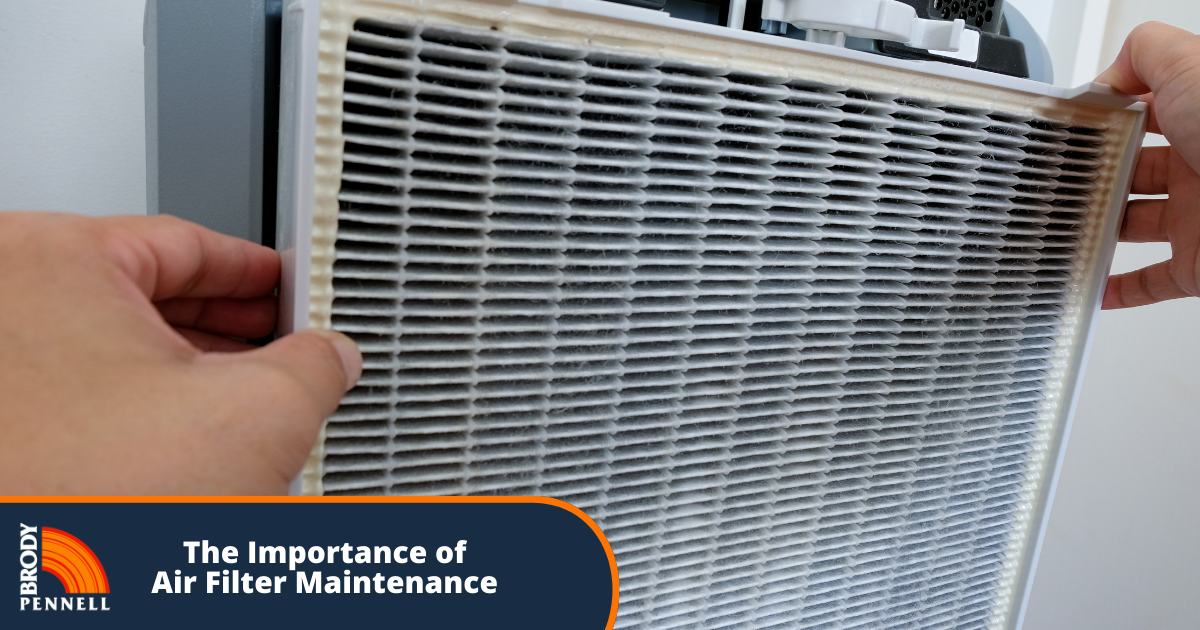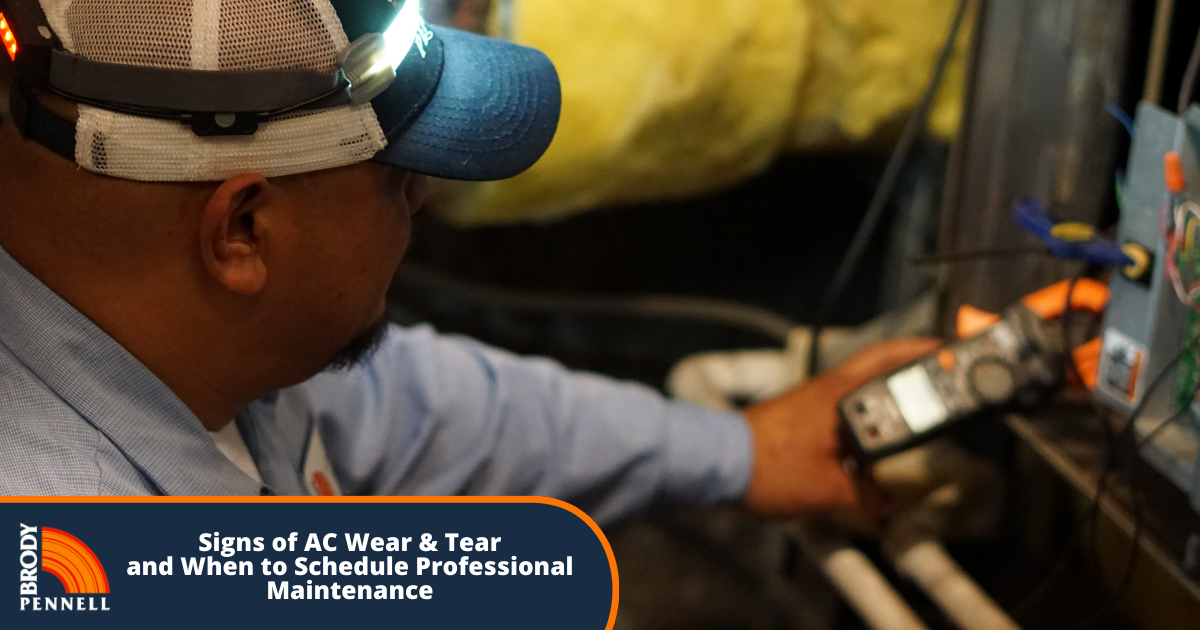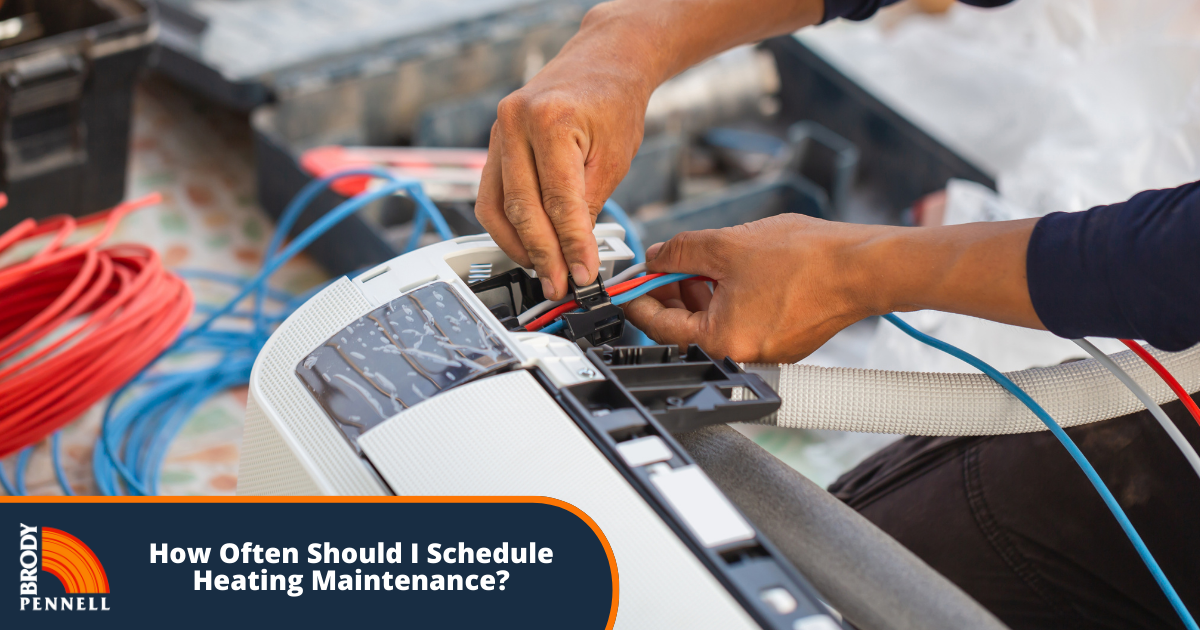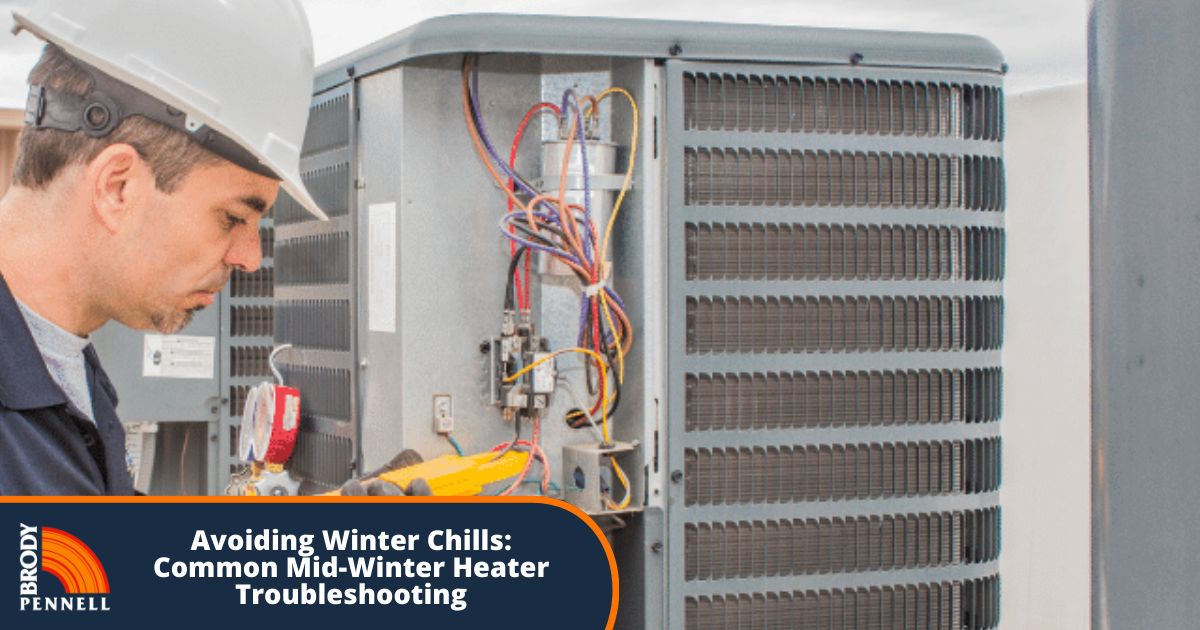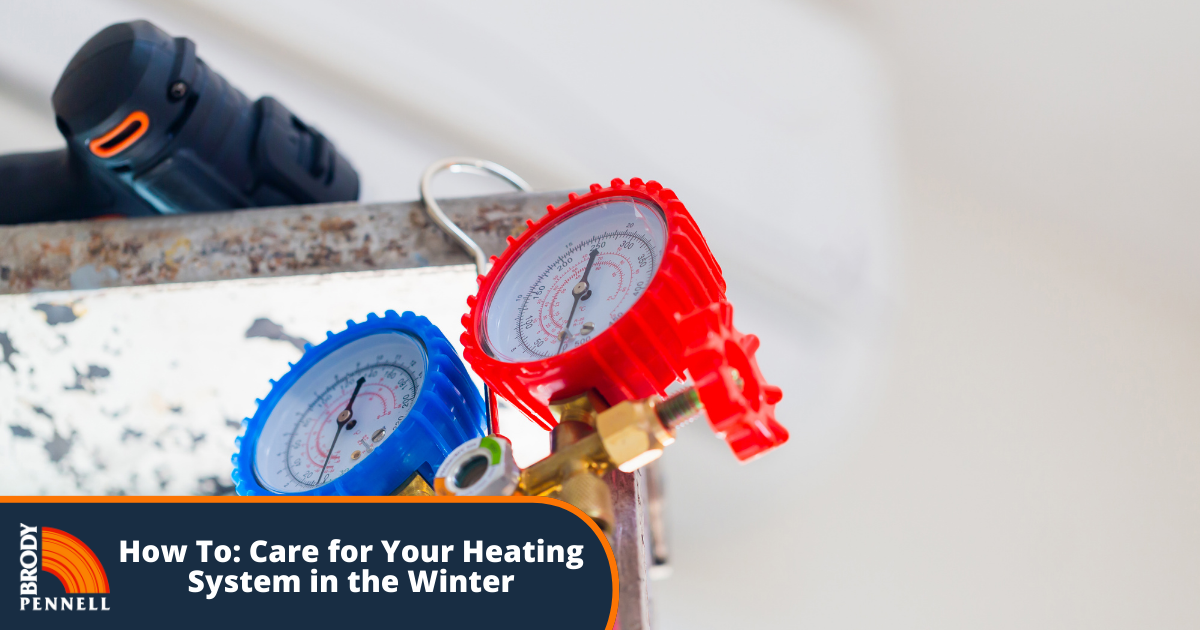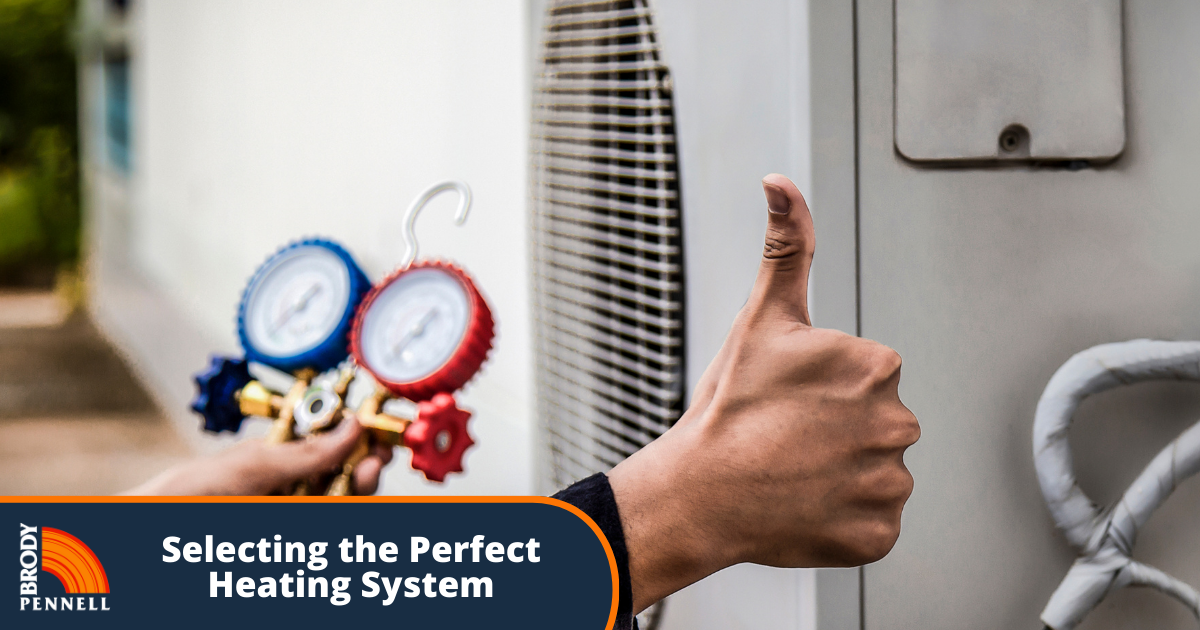All gas- and electricity-powered furnaces use up natural resources and add to your monthly utility costs. Ideally, you want your household to rely on a well-designed unit that provides the heat you need while preserving resources and keeping your costs at a minimum. You can judge the energy usage of your current furnace, or any model you intend to buy, by checking out its efficiency rating.
What Is Furnace Efficiency?
Broadly speaking, things are efficient when they perform their intended function with as little waste as possible. In terms of furnaces, this means that highly efficient models keep your house warm during cold weather while using a relatively small of amount of fuel or electricity each month. In contrast, low-efficiency models go through a relatively large amount of fuel or electricity per month, even though they may still keep your household interior at a desirable temperature. Naturally, since an efficient furnace keeps your house warm at a lower monthly operating cost, it’s preferable to an inefficient furnace that features the same heating technology.
Measuring Efficiency
In the U.S., furnace efficiency is measured by something called annual fuel utilization efficiency, or AFUE. This measurement is defined as the amount of heat output a furnace creates for the amount of fuel or electricity it uses. In a natural gas- or propane-powered furnace with a 90 percent AFUE rating, 90 percent of all the heat produced by the combustion process enters your household’s ducting network, while the remaining 10 percent escapes through the venting system. Since electric furnaces don’t lose heat by venting combustion gases, they typically have a higher AFUE rating than gas furnaces (between 95 percent and 100 percent).
Determining the Efficiency of Older Models
Under current federal law, all new furnaces sold in America must display their AFUE rating. However, you won’t necessarily be able to gauge the rating of furnaces sold before this standard was introduced. Still, you can usually recognize low- and moderate-efficiency units through certain telltale signs. For example, any gas-powered furnace with a continuously lit pilot light will have a low efficiency rating (as low as 56 percent in some cases). The presence of an octopus-like ducting network also indicates a lack of fuel efficiency. You can recognize a moderately efficient older furnace (an AFUE rating of roughly 80 to 83 percent) by the presence of a fan system that functions as an airflow regulator.
Gas or Electric?
So, among furnaces with equal AFUE ratings, what’s the best choice: gas or electric? As a rule, it costs less to heat with natural gas or propane than it costs to heat with electricity. This means that, all other things being equal, a gas furnace with a 90 percent AFUE rating will produce lower monthly utility bills than an electric furnace with the same efficiency rating.
Make sure to follow our blog for future posts on crucial home heating and home cooling topics. If you have a more specific HVAC question or concern, contact us today to speak with one of our experienced team members.
Brody Pennell
Since 1945, Brody Pennell Heating & Air Conditioning is the committed to helping homeowners in the greater Los Angeles area experience total home comfort. In 2021, the readers of the Los Angeles Times voted Brody Pennell the Best HVAC Company in the area.
Request Service
Please fill out the form below to request an estimate or schedule service.
"*" indicates required fields

